
what is etron
What is e-tron?
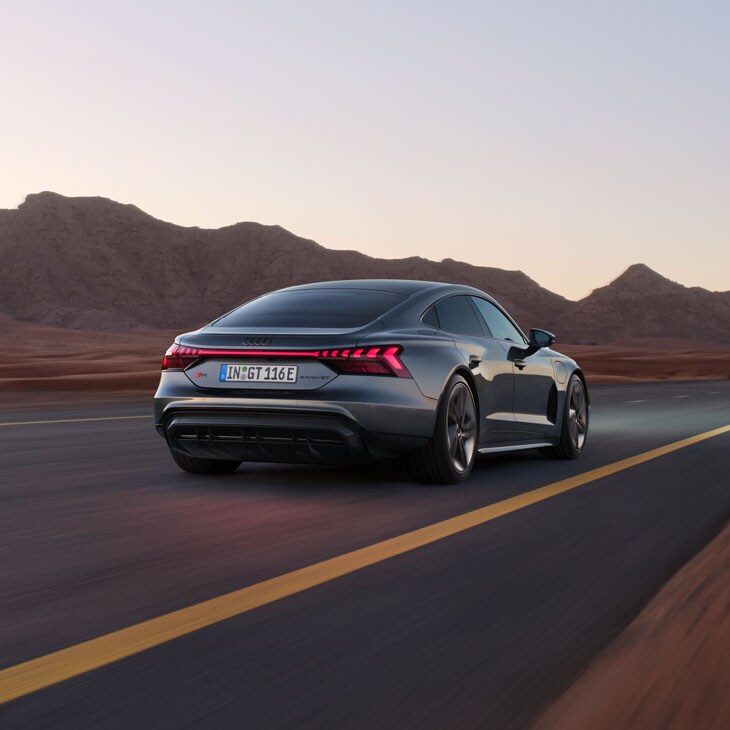
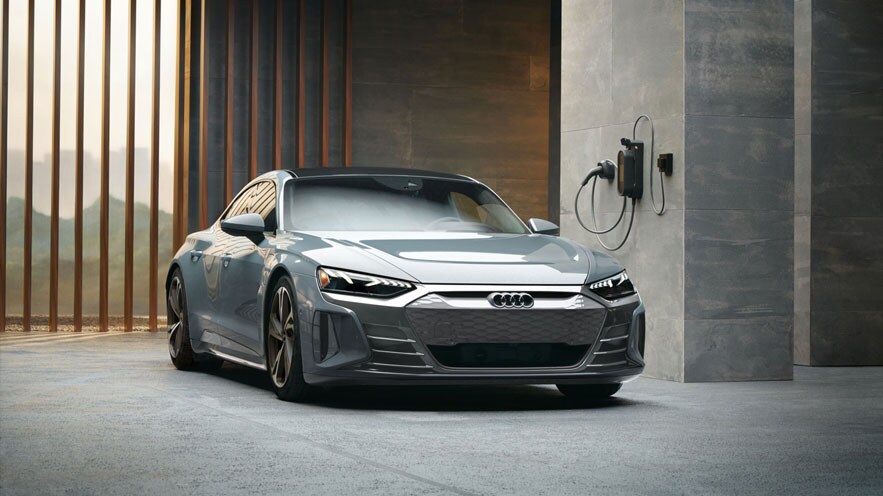
Refer to your owner's manual and EV charger manual for proper use. Consult with a qualified electrician regarding charger installation and always adhere to local building codes.

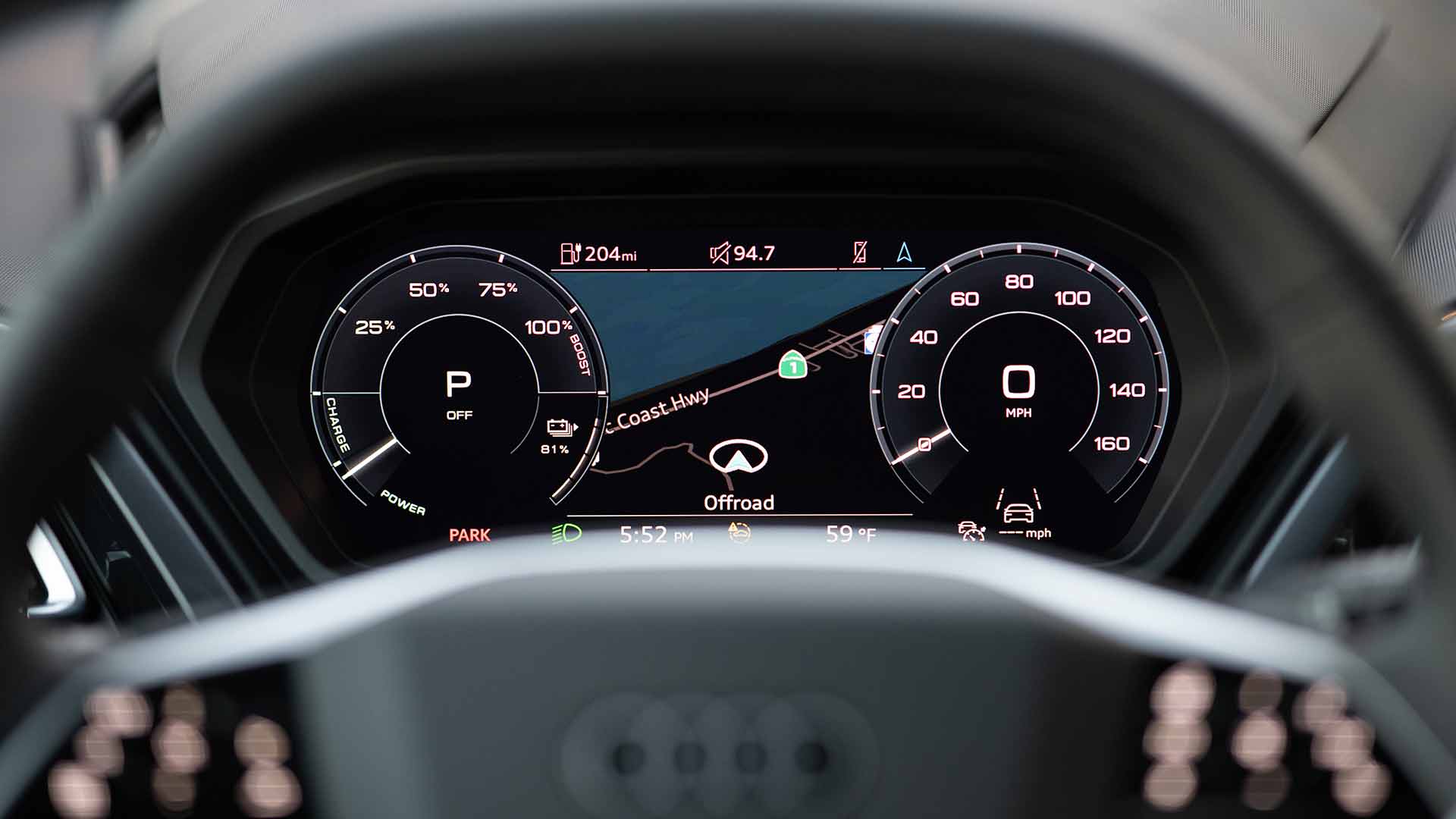
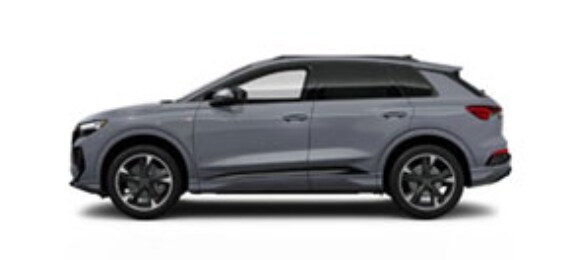
- Battery charge time in about 36 min. Battery charged from 5% to 80% at a public DC fast charger.4
- EPA estimated range: 265 mi5
- 0-60 mph in 5.8 sec with boost engaged.1
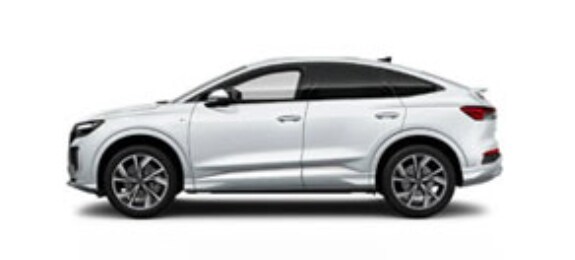
- Battery charge time in about 36 min. Battery charged from 5% to 80% at a public DC fast charger.4
- EPA estimated range: 242 mi5
- 0-60 mph in 5.8 sec with boost engaged.1
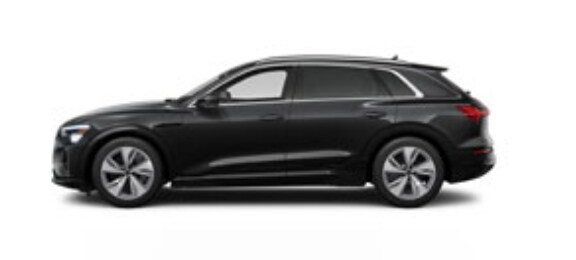
- Battery charge time in about 31 min. Battery charged from 10% to 80% at a public DC fast charger.1
- EPA estimated range: 285 mi2
- 0-60 mph in 5.4 sec with boost engaged.3
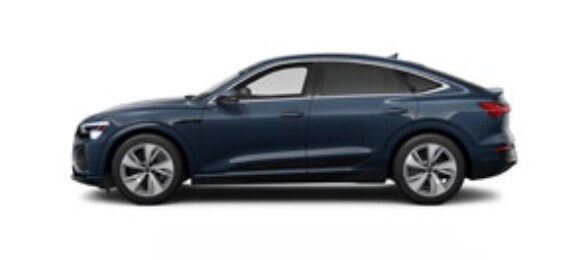
- Battery charge time in about 31 min. Battery charged from 10% to 80% at a public DC fast charger.4
- EPA estimated range: 300 mi5
- 0-60 mph in 5.4 sec with boost engaged.3
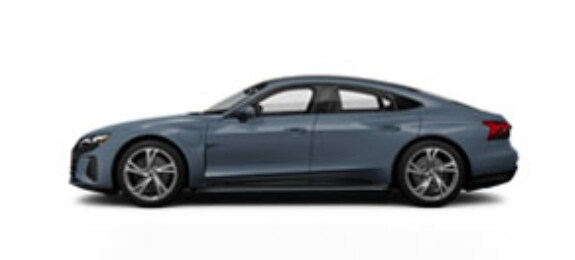
- Battery charge time in about 22.5 min. Battery charged from 5% to 80% at a public DC fast charger.4
- EPA estimated range: 238 mi5
- 0-60 mph in 3.9 sec with boost engaged.1
1. Achieved in "S" driving program and under certain limited conditions, including but not limited to, battery temperature and state of charge. Your results will vary. See owner's manual for further details and limitations. Always obey local speed and traffic laws.
2. Audi Q4 Sportback 50 e-tron® equipped with fast-charging capability maximum rate of 150 kW. Based on charging at a 150 kW or higher charger. Charging times will vary and depend on a variety of factors, including ambient temperature, charger type, battery condition and initial state of charge, vehicle condition and others. Frequent and consecutive fast charging can permanently decrease battery capacity.
3. 2023 Audi Q4 Sportback 50 e-tron® EPA estimated all electric range is 242 miles. Actual mileage and range will vary and depend on several factors including driving and charging habits, accessory use, temperature and topography, battery age, load, and vehicle condition. Battery capacity decreases with time and use. See owner's manual for details.
4. Audi e-tron® GT equipped with fast-charging capability maximum rate of 270 kW. Based on charging at a 270 kW or higher charger. Charging times will vary and depend on a variety of factors, including ambient temperature, charger type, battery condition and initial state of charge, vehicle condition and others. Frequent and consecutive fast charging can permanently decrease battery capacity.
5. 2023 Audi e-tron®GT EPA estimated all electric range is 238 miles. Actual mileage and range will vary and depend on several factors including driving and charging habits, accessory use, temperature and topography, battery age, load, and vehicle condition. Battery capacity decreases with time and use. See owner's manual for details.



